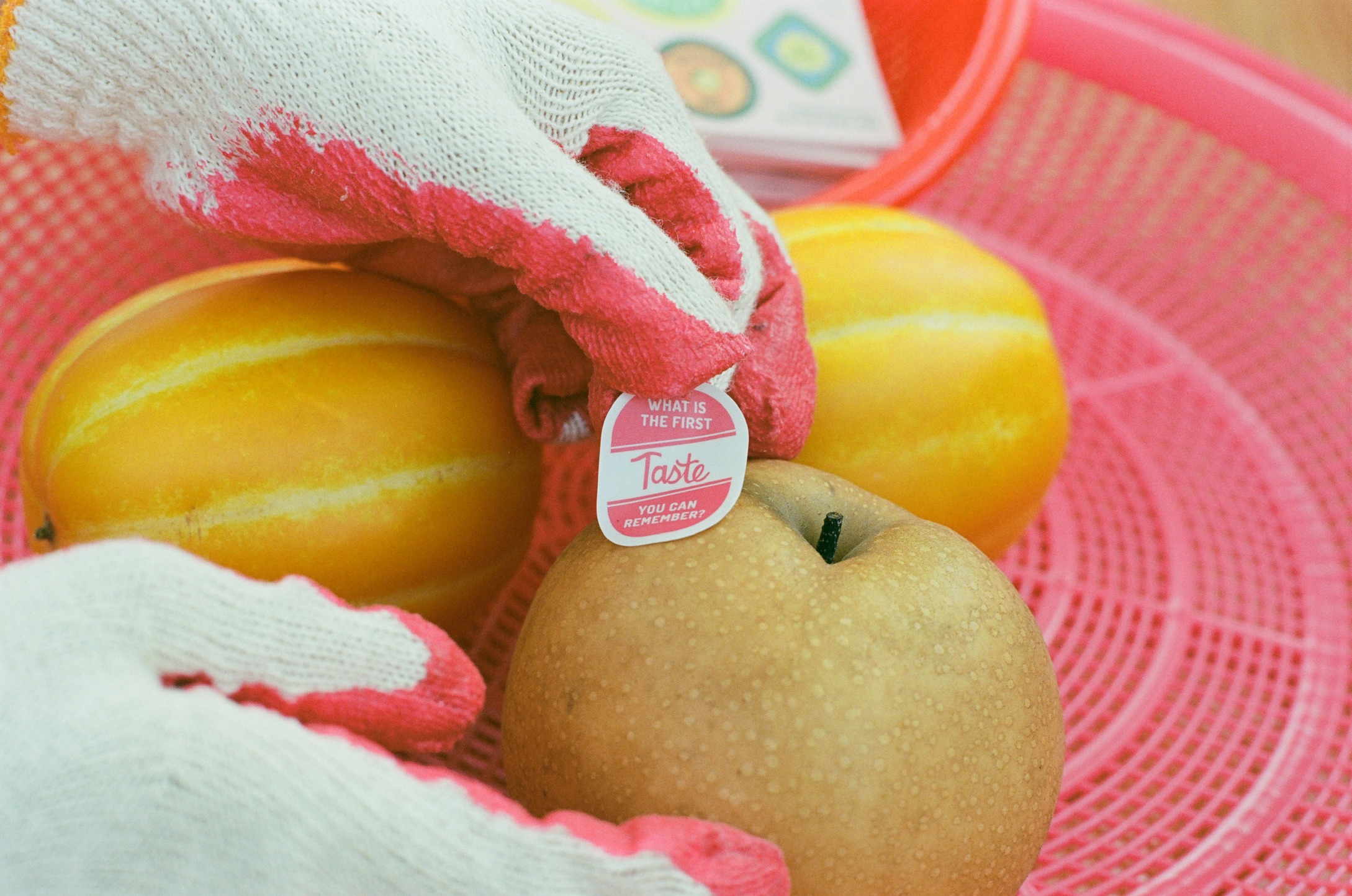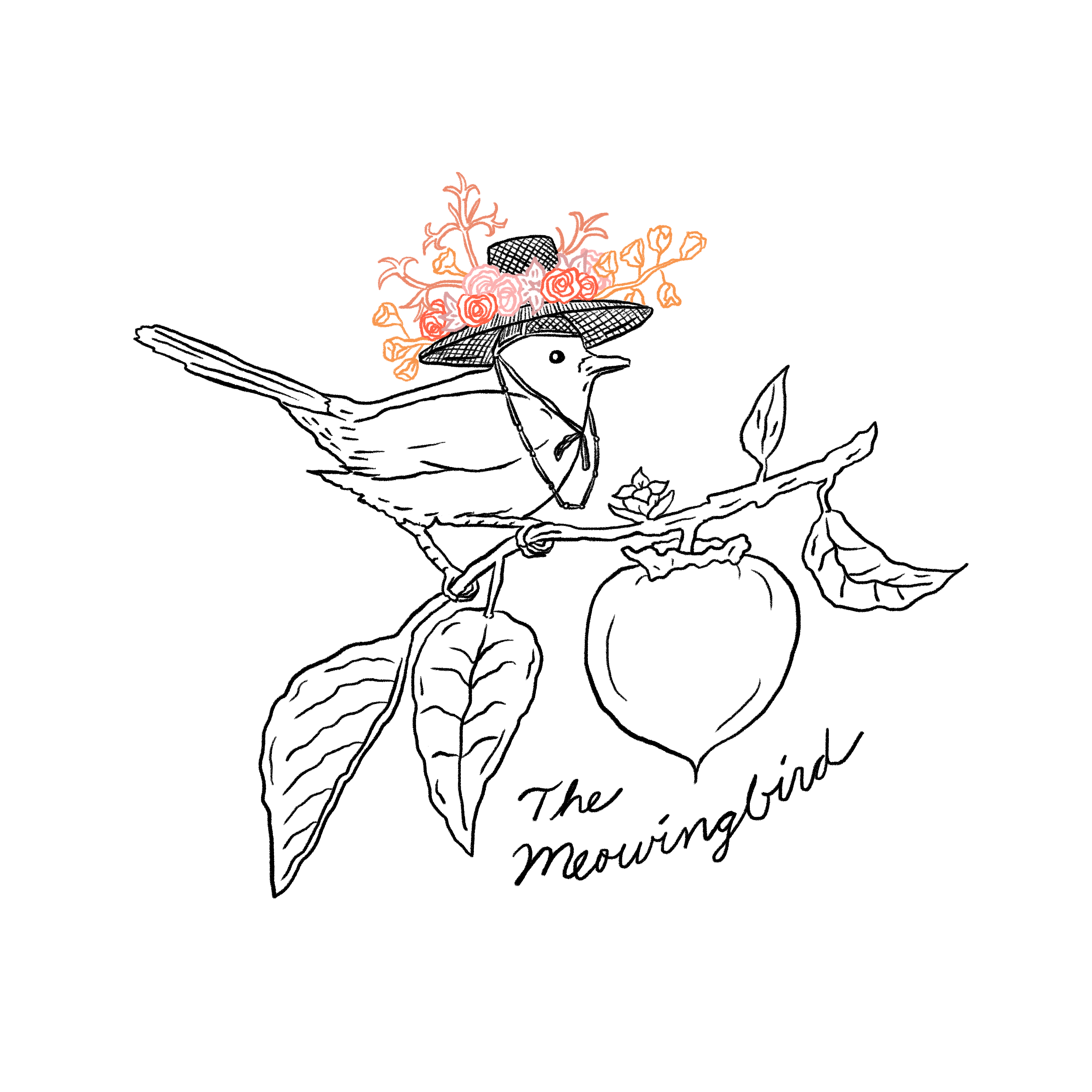
photo by Lynn Le/National Museum of Asian Art
ARTIST STATEMENT
My work explores what gestures and rituals we hold as places of comfort during occupation and war. My umma’s rituals of visible hope—the ancestral practices absent from museums and archives—are my last living connection to my heritage.
As Lisa Lowe writes in Immigrant Acts, “the making of Asian American culture… [includes] practices that are partly inherited and partly modified, as well as partly invented.”
In honoring this space of inheritance and invention, I use cocoji floral arranging; bongseonhwa (impatiens balsamina) floral nail dye; and the ritual of cutting fruit. Through participatory performance, sculpture, and photographic archives, I retrace these fragmented memories as artifacts in our struggle to remember.
Using organic, ephemeral materials, I transform embodied gestures of care into sculptural forms and durational performances, each a living monument to resilience and counter-memories existing in public.
My approach to art-making is rooted in the methodologies of grassroots organizing— what can centering kinship building in community engaged art look like modeled on trust and reciprocity in how we hold the lives of others.
The enmeshment of our liberation becomes clearer the more I do this work.
My work explores what gestures and rituals we hold as places of comfort during occupation and war. My umma’s rituals of visible hope—the ancestral practices absent from museums and archives—are my last living connection to my heritage.
As Lisa Lowe writes in Immigrant Acts, “the making of Asian American culture… [includes] practices that are partly inherited and partly modified, as well as partly invented.”
In honoring this space of inheritance and invention, I use cocoji floral arranging; bongseonhwa (impatiens balsamina) floral nail dye; and the ritual of cutting fruit. Through participatory performance, sculpture, and photographic archives, I retrace these fragmented memories as artifacts in our struggle to remember.
Using organic, ephemeral materials, I transform embodied gestures of care into sculptural forms and durational performances, each a living monument to resilience and counter-memories existing in public.
My approach to art-making is rooted in the methodologies of grassroots organizing— what can centering kinship building in community engaged art look like modeled on trust and reciprocity in how we hold the lives of others.
The enmeshment of our liberation becomes clearer the more I do this work.
